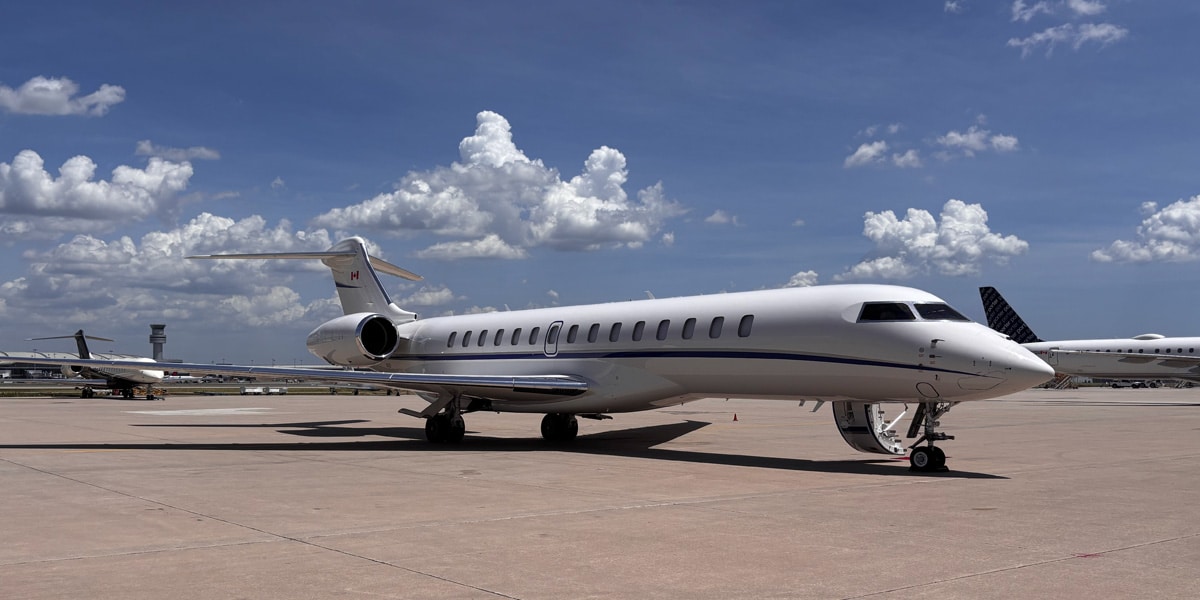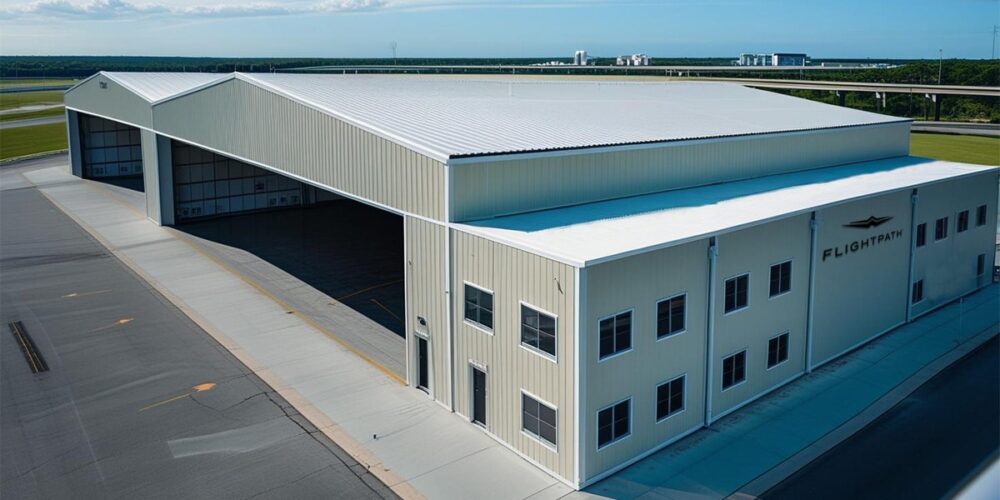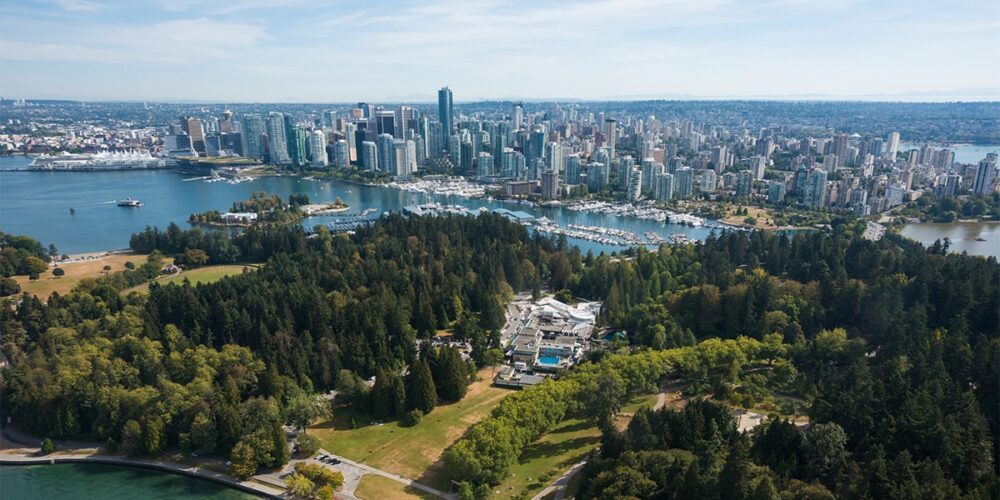For many business leaders and high-net-worth individuals, owning a private jet represents the pinnacle of luxury, freedom, and convenience. However, beyond the leather seats and onboard champagne lies a complex cost structure that demands thoughtful planning and continuous financial oversight.
At Flightpath, we help individuals and corporations navigate the world of private aviation with confidence. In our latest video, Private Jet Economics – The Cost of Owning a Private Jet, we break down the three primary categories of ownership costs: capital, fixed, and operating. Each of these plays a critical role in determining whether ownership is the right path — and how to manage it sustainably over time.
Why Understand Jet Economics?
Purchasing a private jet is not just a transaction — it’s a long-term investment that involves high-value assets, complex regulations, and ongoing operational decisions. Without a clear understanding of ownership costs, what seems like a smart purchase can quickly turn into an overwhelming liability.
Whether you’re considering your first aircraft or expanding an existing fleet, understanding cost structures will help you:
- Choose the right aircraft type
- Optimize tax and depreciation strategies
- Plan realistic usage expectations
- Avoid surprise expenses or budget overruns
Let’s explore the three essential “cost buckets” in detail.
1. Capital Costs: Buying, Financing, or Leasing a Jet
The first — and most visible — expense is the acquisition cost. Depending on your financing method, this can be structured in three main ways:
Cash Purchase
Buying a jet outright may seem straightforward, but it carries the opportunity cost of tying up capital that could be working elsewhere. You’ll also need to consider depreciation, as aircraft values typically decline over time, particularly in the first few years.
Financing
If you choose to finance your jet (similar to a mortgage or car loan), you’ll incur:
- A down payment (often 10%–30% of the purchase price)
- Monthly principal and interest payments
- Long-term depreciation, just as in a cash purchase
Financing can improve liquidity, but it adds complexity, including loan management and interest exposure.
Leasing
A lease structure usually requires a smaller down payment and monthly payments over a fixed term. This option offers lower upfront costs and flexibility — but you won’t own the asset and may face usage restrictions.
2. Fixed Costs: What It Takes to Keep a Jet Flight-Ready
Fixed costs are incurred whether your aircraft flies once a month or five times a week. These are the foundational costs of having your jet operational and compliant:
- Pilot salaries and benefits
- Ongoing training and certifications (mandatory for safety and compliance)
- Aircraft insurance
- Hangar storage
- Aircraft management fees if using a service provider
- Software and subscriptions for navigation, weather data, and compliance tracking
- Connectivity and entertainment systems (e.g., satellite Wi-Fi)
Some maintenance costs — like calendar-based inspections or recurring subscriptions to OEM maintenance platforms — also fall under this category.
While fixed costs may feel like background noise, they often account for hundreds of thousands annually, and are essential to maintaining operational readiness.
3. Operating Costs: The Price of Every Flight Hour
Operating costs are the expenses you incur each time your aircraft takes off. These are directly related to usage and can vary widely based on flight frequency, aircraft type, and destination.
Typical operating costs include:
- Jet fuel (often the largest single variable cost)
- Engine programs or hourly maintenance reserves
- Parts and wear-and-tear components
- Scheduled and unscheduled maintenance labor
- Crew expenses, such as hotels, meals, and per diems
- Landing, parking, and handling fees at airports
- ATC and navigational fees, especially when flying internationally
Operating costs are typically calculated on an hourly basis, and small jets may cost $2,000–$3,000/hour, while large, ultra-long-range aircraft can run $7,000–$12,000/hour or more.
Expert Insight from David Shaver, Managing Director at Flightpath
“Private jet ownership is about more than luxury — it’s about control, efficiency, and long-term strategy. But without a clear understanding of the true costs, that dream can quickly become complicated,” says David Shaver, Managing Director of Flightpath and a recognized leader in private aviation.
“We work closely with every client to create a tailored ownership roadmap. From helping you evaluate whether to own versus charter, to structuring the right acquisition plan and managing operational costs, Flightpath ensures that private aviation works for your lifestyle and your bottom line.”
David brings over two decades of experience in global aviation leadership and financial planning. His team is dedicated to providing personalized aircraft management, acquisition strategy, and operational support to clients across North America.
Is Jet Ownership Right for You?
At Flightpath, we believe that the best aviation experiences come from informed decisions. Whether you’re seeking full ownership, fractional ownership, or frequent private charters, we’re here to help you make the right choice for your travel profile and financial goals.
Watch the Full Video:
Private Jet Economics – The Cost of Owning a Private Jet
Ready to explore jet ownership? Speak with one of our Charter or Acquisition Specialists today — and let us help you elevate your private aviation experience.




